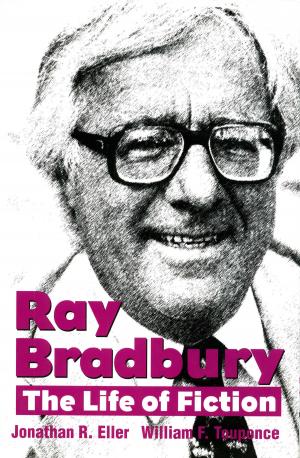Bouquet's Expedition Against the Ohio Indians in 1764 by William Smith
Nonfiction, History, Americas, United States, Colonial Period (1600-1775)| Author: | ISBN: | 9781631012082 | |
| Publisher: | The Kent State University Press | Publication: | June 15, 2017 |
| Imprint: | The Kent State University Press | Language: | English |
| Author: | |
| ISBN: | 9781631012082 |
| Publisher: | The Kent State University Press |
| Publication: | June 15, 2017 |
| Imprint: | The Kent State University Press |
| Language: | English |
In the fall of 1764, Col. Henry Bouquet led a British-American army into what is today eastern Ohio with the intention of ending the border conflict called “Pontiac’s War.” Brokering a truce without violence and through negotiations, he ordered the Delawares and Shawnees to release all of their European and Colonial American captives. For the indigenous Ohio peoples, nothing was more wrenching and sorrowful than returning children from mixed parentage and adopted members of their families, many of whom had no memory of their former status or were unwilling to relinquish Native American culture.
Provost William Smith of the College of Philadelphia wrote a history of these events in 1765 titled Bouquet’s Expedition Against the Ohio Indians in 1764. Subsequent editions and printings appeared in London, Amsterdam, Dublin, and Paris until 1778, making this book the most widely circulated and read work on warfare and diplomacy in the Ohio country to emerge following the Seven Years’ War. The literary reputation and impact of Bouquet’s Expedition surpassed all similar contemporary works published on either side of the Atlantic and is probably the most prominent description of an Indian captivity narrative available from the eighteenth century. The dramatic return of the captives described by Smith inspired Conrad Richter’s 1953 novel The Light in the Forest and the Walt Disney movie of the same name in 1958.
This fully annotated edition of Smith’s remarkable book, drawn from all the 1765–1778 versions, includes a new introduction with essays on Smith and his contributors and sources, such as Bouquet, Benjamin Franklin, and Edmund Burke, in addition to a new history of the publication. Numerous eighteenth-century images, sketches, drawings, engravings, and paintings are reproduced, and for the first time Benjamin West’s two original drawings of Ohio leaders negotiating with Bouquet and the return of the captives are featured. Also included are impressive maps drawn for the book by Thomas Hutchins, Bouquet’s engineer, of the Ohio country and the battle of Bushy Run in 1763.
Bouquet’s Expedition Against the Ohio Indians in 1764 is a lasting contribution to our understanding of early Ohio and of warfare and diplomacy in the eighteenth century.
In the fall of 1764, Col. Henry Bouquet led a British-American army into what is today eastern Ohio with the intention of ending the border conflict called “Pontiac’s War.” Brokering a truce without violence and through negotiations, he ordered the Delawares and Shawnees to release all of their European and Colonial American captives. For the indigenous Ohio peoples, nothing was more wrenching and sorrowful than returning children from mixed parentage and adopted members of their families, many of whom had no memory of their former status or were unwilling to relinquish Native American culture.
Provost William Smith of the College of Philadelphia wrote a history of these events in 1765 titled Bouquet’s Expedition Against the Ohio Indians in 1764. Subsequent editions and printings appeared in London, Amsterdam, Dublin, and Paris until 1778, making this book the most widely circulated and read work on warfare and diplomacy in the Ohio country to emerge following the Seven Years’ War. The literary reputation and impact of Bouquet’s Expedition surpassed all similar contemporary works published on either side of the Atlantic and is probably the most prominent description of an Indian captivity narrative available from the eighteenth century. The dramatic return of the captives described by Smith inspired Conrad Richter’s 1953 novel The Light in the Forest and the Walt Disney movie of the same name in 1958.
This fully annotated edition of Smith’s remarkable book, drawn from all the 1765–1778 versions, includes a new introduction with essays on Smith and his contributors and sources, such as Bouquet, Benjamin Franklin, and Edmund Burke, in addition to a new history of the publication. Numerous eighteenth-century images, sketches, drawings, engravings, and paintings are reproduced, and for the first time Benjamin West’s two original drawings of Ohio leaders negotiating with Bouquet and the return of the captives are featured. Also included are impressive maps drawn for the book by Thomas Hutchins, Bouquet’s engineer, of the Ohio country and the battle of Bushy Run in 1763.
Bouquet’s Expedition Against the Ohio Indians in 1764 is a lasting contribution to our understanding of early Ohio and of warfare and diplomacy in the eighteenth century.















